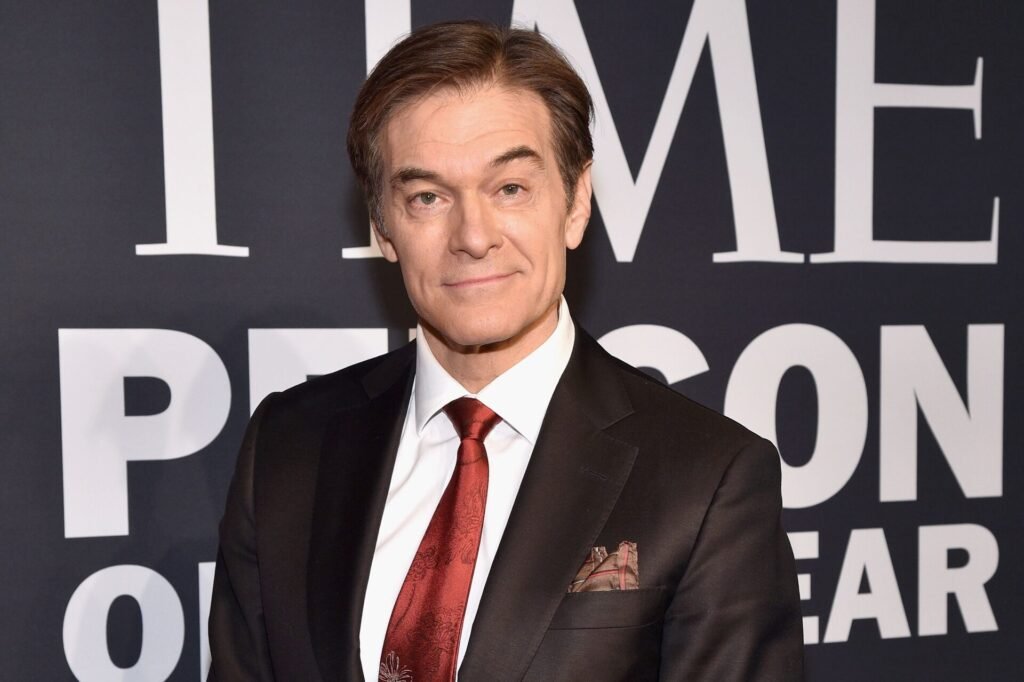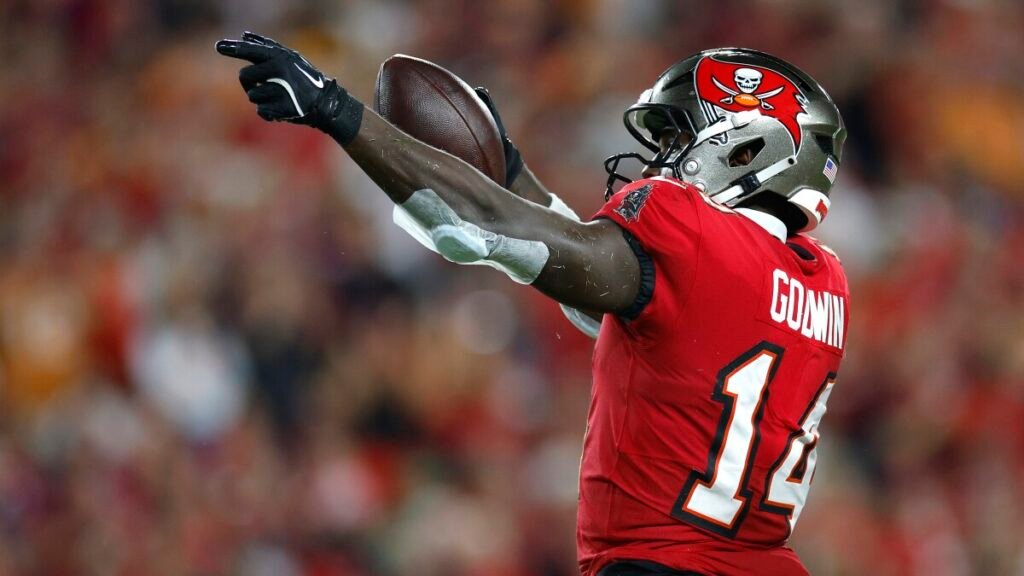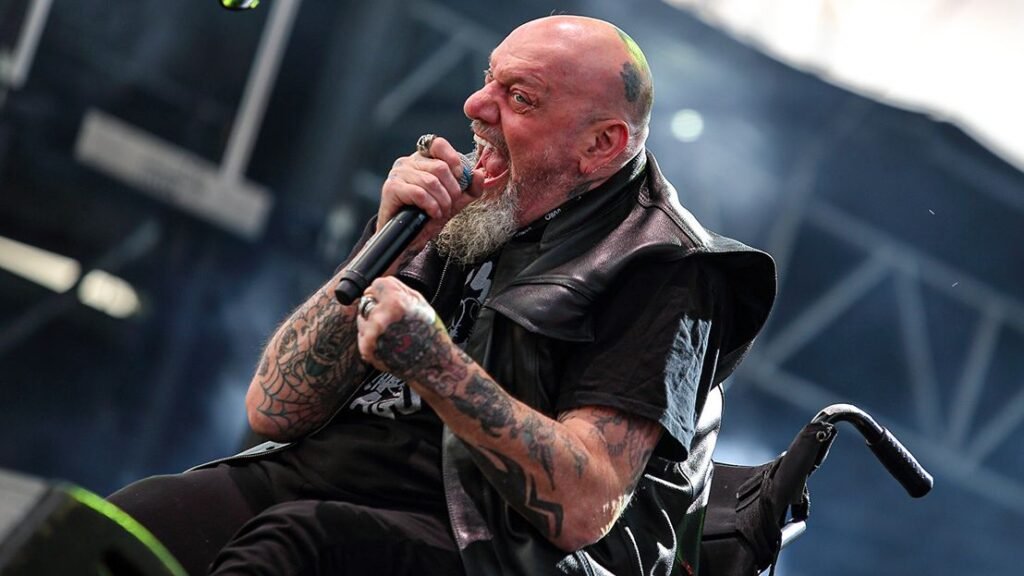Nico Williams: The Future of Spanish Football and Rising Star in La Liga
Nico Williams, a dynamic and talented footballer, has quickly risen through the ranks to establish himself as one of the most promising young players in the sport. Born on July 12, 2002, in Pamplona, Spain, Nico is the younger brother of Iñaki Williams, another celebrated footballer. Nico has not only carved out his own identity in football but also shown immense potential to achieve greatness in his career. Early Life and Background Nico Williams was born into a football-loving family. His parents, originally from Ghana, emigrated to Spain, seeking a better life for their children. This multicultural upbringing profoundly influenced Nico, shaping his values, discipline, and work ethic. Growing up in Pamplona, Nico began showcasing his talent at a young age, playing for local clubs before joining Athletic Bilbao’s youth academy, Lezama, one of the most prestigious football academies in Spain. Youth Development at Athletic Bilbao Nico Williams’s journey at Lezama was marked by his exceptional technical skills, versatility, and relentless determination. While his older brother Iñaki had already set a high bar as a star at Athletic Bilbao, Nico’s performances demonstrated that he was not merely following in his brother’s footsteps but carving his unique path. Key aspects of his development include: Breakthrough into the Senior Team Nico Williams made his first-team debut for Athletic Bilbao on April 28, 2021, against Real Valladolid in La Liga. Though his initial appearances were limited, he quickly became a regular feature in the squad during the 2021-2022 season. Memorable Performances With his electrifying pace, precise dribbling, and ability to deliver in clutch moments, Nico has earned praise from fans, pundits, and his coaches. Playing Style Nico Williams’ playing style is a blend of technical flair and physicality. Operating predominantly as a right winger, he is known for: Strengths Areas for Improvement International Career Nico Williams’s talent has not gone unnoticed on the international stage. He represents Spain, following his older brother’s decision to play for Ghana. His inclusion in the Spanish national team highlights the depth of his abilities and his potential to become a key player for the squad. Key Milestones His performances in international matches have solidified his reputation as a rising star in football. Challenges and Comparisons Being the younger brother of Iñaki Williams often brings both advantages and challenges. While Nico benefits from Iñaki’s guidance and experience, he also faces comparisons that can create pressure. However, Nico has consistently demonstrated his ability to shine on his own merits, earning accolades for his individuality and skill. Future Prospects The future looks exceptionally bright for Nico Williams. As he continues to develop his game, several factors will determine the trajectory of his career: With speculation about interest from top clubs across Europe, Nico’s journey promises to be one of growth and potential. Off the Pitch Beyond his exploits on the field, Nico Williams is admired for his humility and grounded nature. He actively engages with fans and participates in community initiatives, showcasing his character as a role model for young aspiring footballers. Conclusion Nico Williams is not just a promising talent; he is a footballer poised to achieve greatness. From his early days at Lezama to his rise in La Liga and international football, Nico’s journey is a testament to hard work, resilience, and skill. As he continues to mature and refine his game, fans and analysts alike eagerly anticipate the impact he will have on football’s future. Whether he remains a cornerstone at Athletic Bilbao or becomes a star at a major European club, Nico Williams is undoubtedly a name to watch in the world of football. His story serves as an inspiration to young players everywhere, proving that with talent and determination, the sky is the limit.
Nico Williams: The Future of Spanish Football and Rising Star in La Liga Read More »









